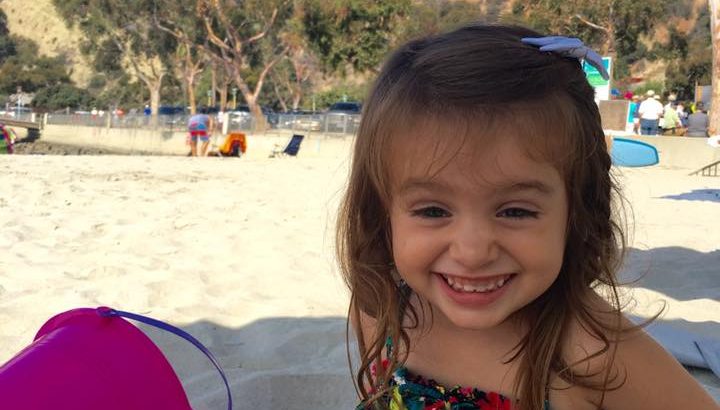
Disability Studies & Early Childhood Education Part Three of Three: Focus on Universal Design for Learning (UDL) in Early Childhood Education (ECE)
March 6, 2017
Welcome to the last part of our three part series on UDL in Early Childhood Education (ECE). In part one, we shared the importance of inclusion and introduced our topic with essential questions we must ask as we begin to understand UDL in ECE. Part two of the series discussed the history and evolution of UDL. In the final part of the series, we examine how UDL intertwines with early childhood environments.
Using Universal Design for Learning (UDL) in the Early Childhood Classroom
By using UDL, educators no longer design or use a pre-developed curriculum with a need to modify or make accommodations for learners with disabilities later on, instead they use a UDL framework to provide students with numerous ways to access and process information (Spooner, Baker, Harris, Ahlgrim-Delzell, and Browder, 2007). In this way, UDL promotes inclusion by setting all students up for success with various avenues of learning and assessment. This can be seen at all grades levels, including early childhood classrooms.
It is not uncommon for an early educator, such as a preschool teacher, to work with a group of young children from ages three to five years old. UDL often comes easily to early childhood educators because of the large developmental age range they instruct. The educators’ ability to skillfully move back and forth between expectations for each child teaches them to be flexible with their students. An early educator will work with a four year old to understand one to one correspondence of up to five objects, and then turn to work with a five year old, supporting him to understand one to one correspondence of up to ten objects. As each age presents new developmental skills, which demands various ways to approach these skills, early educators are inclined to provide learners with various ways of acquiring knowledge. Additionally, teachers of young children know to provide multiple means of engagement as they present new challenges, and numerous ways for students to demonstrate what they know. It is these foundational skills that early educators possess that make them strong candidates to understand and utilize UDL principles.
Conn-Powers and colleagues express:
Universal design principles and early education practices and principles compliment each other in the following ways;
(1) Recognizing that a one-size-fits-all approach to education simply will not work;
(2) Understanding the need to design curricula to meet the needs of diverse classroom populations;
(3) Declaring that all children who attend early education programs will be successful in their development and learning.
Universal Design for Learning framework parallels what early educators plan for from the start in thinking about the physical, social-emotional, health, and teaching dimensions of their environments to assure that every child: Feels welcomed as a full and equal member; accesses and engages in all learning opportunities; learns according to his or her individual strengths and interests; and demonstrates his or her learning in ways that reflect the individual’s strengths (Conn-Powers, M., Cross, A. F., Traub, E. K., & Hutter-Pishgahi, L., 2006, p. 5).
UDL in the early childhood environment provides a way to include all children, regardless of age, or perceived ability. UDL provides a framework to plan for all learners to engage in materials/lessons and demonstrate their knowledge. Early educators are naturally inclined to do this type of work. We should provide early childhood teachers the opportunity to learn about UDL and further grow their breadth of knowledge in the field.
References
Conn-Powers, M., Cross, A. F., Traub, E. K., & Hutter-Pishgahi, L. (2006, September). The universal design of early education: Moving forward for all children. Beyond the Journal Young Children , 1-9. Retrieved from http://journal.naeyc.org/btj/200609/ConnPowersBTJ.pdf
Spooner, F., Baker, J. N., Harris, A. A., Ahlgrim-Delzell, L., & Browder, D. M. (2007). Effects of training in universal design for learning on lesson plan development. Remedial and Special Education, 28(2), 108-116.
This concludes part three of this three-part series on DSE/ECE/UDL.